Eligible SV Clean Energy customers can get a $250 rebate on qualifying at-home EV chargers when they start smart charging with GridShift.
Drive Electric
It’s like your current car. Minus the gas stations. And the oil changes. And the tune-ups. Comfortable and fun to drive too! Plus, switching from a gas to an electric vehicle is one of the most impactful actions you can take to reduce emissions in our community. It just makes sense to drive electric.
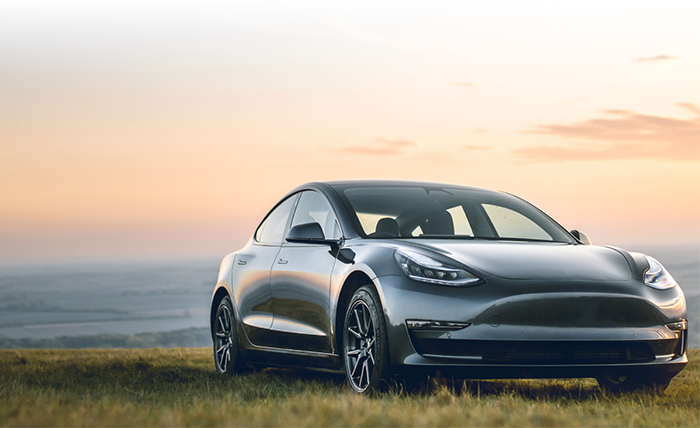
Electric vehicles. A better choice.
Now more than ever, make sure to consider an EV. Improved range, comfort and lots of torque – leave those gas-powered vehicles in the dust! With over 200 models to choose from, ease of maintenance and lower prices, EVs have gone mainstream in our community. And it is likely your neighbors have already chosen to drive electric.
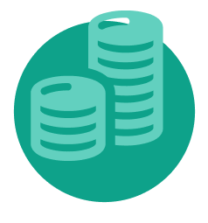
As more EVs enter the market, prices are falling. Plus, federal tax credits and other incentives apply. And don’t forget charging station incentives, electricity discounts and the carpool lane! Plus no gas engine means much less routine maintenance hassle and expense.
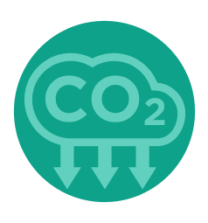
Gas vehicles are the largest source of harmful greenhouse gas emissions in Silicon Valley. Switching to an electric vehicle powered with clean electricity is often the single biggest action one can take to protect the planet and doesn’t require sacrificing comfort or fun.
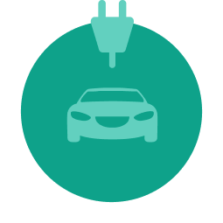
Quicker and quieter than traditional gas vehicles, EVs offer a great driving experience. Many newer models now travel 200-300 miles on a single charge. Consider charging at home, at work, or at over 2,000 public chargers in the South Bay area alone.

Electric Vehicles
Who knew that so many cars on the streets are EVs? There are over 200 different models of new and used EVs available in California, ranging from standard sedans to SUVs, trucks and four-wheel-drive, and even high-end sports cars.
Browse and compare cars. Discover EV incentives and savings. Explore the emissions impact you can make by choosing to drive electric. All this and more at the EV Assistant.

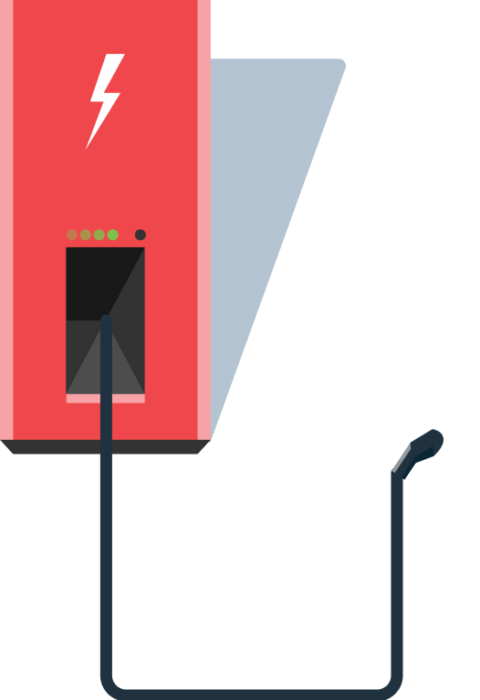
Electric Vehicle Charging
Plug in your EV at home or at a public charging station and never go to a gas station again. Want to learn more about incentives for home charging station installations? Do you know where the public EV chargers are in your neighborhood? Explore incentives and charging options for home when you drive electric out and about at the EV Assistant.
“It feels good knowing that when I charge my EV, the electricity powering it is clean.”
 |
And there’s more!
Receive a $250 rebate on qualifying at-home EV chargers
If your vehicle is not already compatible with the SVCE GridShift smart charging app, you can receive a $250 rebate when you purchase select chargers, download the GridShift App, and give smart charging a go.
Install with ease!
Interested in adding EV charging at home? Check out available resources to identify a contractor that can help you with installation.
Already have an EV?
Use GridShift to Charge with the Cheapest, Cleanest Electricity
The GridShift: EV Charging app automatically syncs your EV’s charge with your electricity rate and renewable energy on the California grid to optimize the cheapest, cleanest charge at home.
Download the GridShift app for free today and monitor your EV energy consumption, costs, and associated CO2 savings for your home charging. Plus gain access to exclusive events where you can earn reward points and bill credits.
*GridShift is currently compatible with BMW, Volkswagen (e-golf only), Tesla, Jaguar, Land Rover, ChargePoint chargers (internet-connected models only). Additional integrations are coming soon.
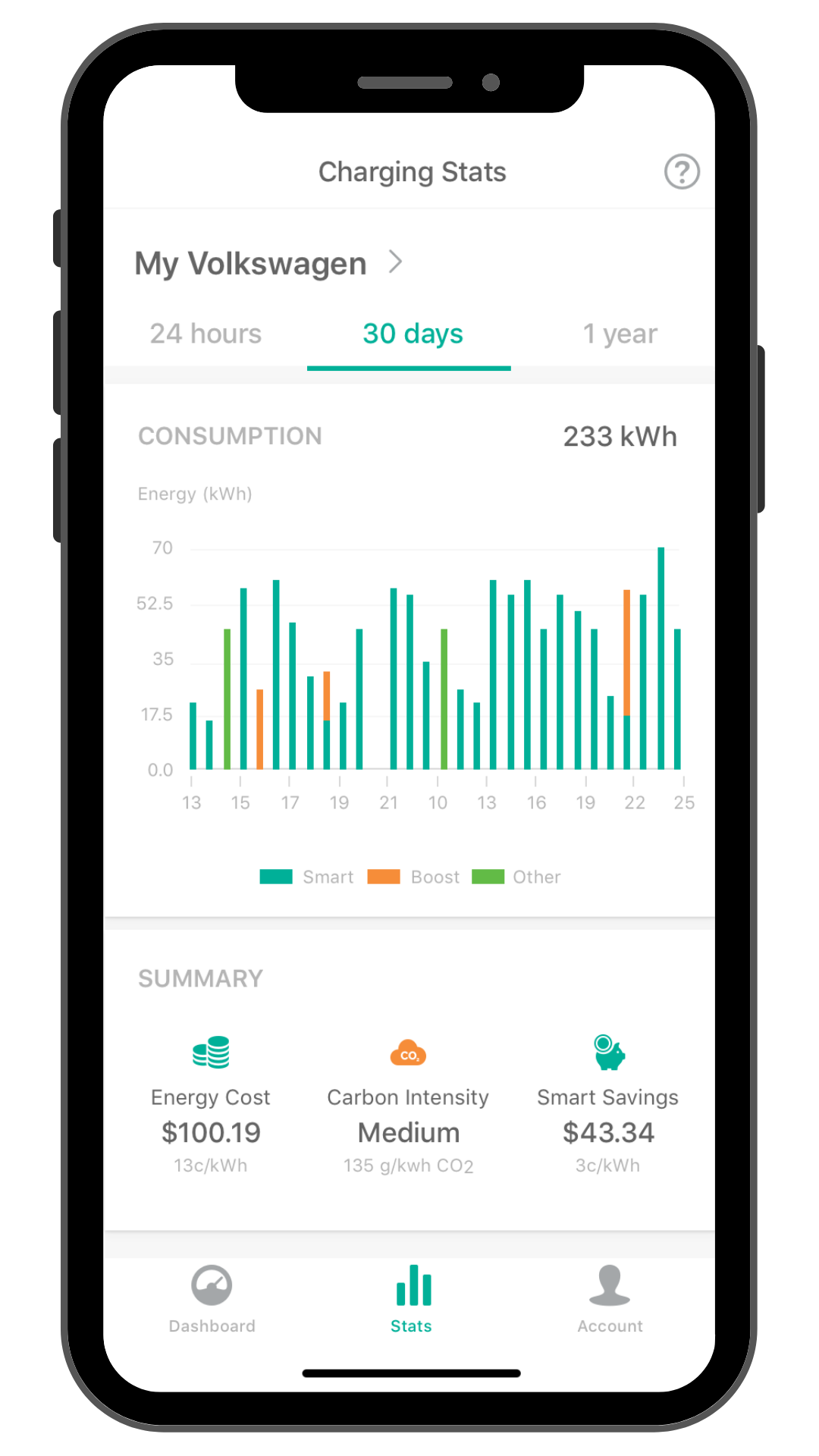
“Switching to an EV has saved money in maintenance and gas, all while helping the environment.”
WAIDY LEE | Los Altos Hills
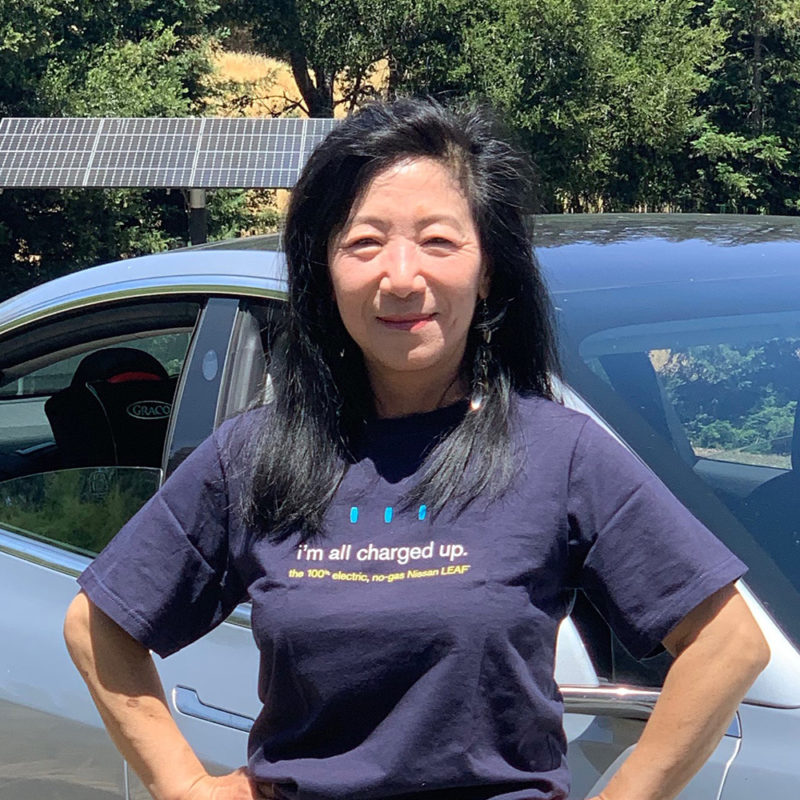
Have questions about driving on clean energy?
These are some of the most common questions we receive from the community. We have plenty of resources to share if you can’t find something here. Reach out to us. We’re here to help.
Clean energy comes from sources that do not pollute the atmosphere and are carbon-free. Silicon Valley Clean Energy purchases electricity from wind, solar, large hydropower plants and other carbon-free resources.
A GHG is any gaseous compound in the atmosphere that is capable of absorbing infrared radiation, thereby trapping and holding heat in the atmosphere. By increasing the heat in the atmosphere GHGs are responsible for the greenhouse effect, which ultimately leads to climate changes.
The most significant GHGs are carbon dioxide, methane and nitrous oxide, according to the Environmental Protection Agency.
Carbon dioxide (CO2) is largely a result of burning fossil fuels, like gas. About 55% of emissions come from gas-powered vehicles and most of the remaining emissions come from burning fossil fuels in homes and commercial buildings.*
*Sources: PG&E electricity and gas data; CARB; Metropolitan Transportation Commission; California DMV.
Californians are the second-largest consumer of petroleum products. In 2017, carbon dioxide (CO2) emissions from burning fossil fuels for energy are about 93% of total U.S. human-caused CO2 emissions.
Source: U.S. Energy Information Administration, Profile Analysis, January 16, 2020.
As a Silicon Valley Clean Energy Customer you have already committed to reducing our region’s emissions by 20%! If you’re now ready to reduce emissions even more, consider choosing to drive electric. Emissions from internal combustion engine cars are the number one air pollutant in Silicon Valley and across California.
From there, you can reduce emissions even further by switching to high-efficiency, electric home appliances. For example, replacing a gas-powered water heater to a heat pump water heater will eliminate about 50% of the emissions that come from your home and save you money in the long run.
To learn more about reducing your impact on the climate, and maybe save some money too, go to CoolCalifornia.org, a resource funded by California state government and non-profit agencies.
No, natural gas is not clean energy. It’s toxic to people and is a large contributor to greenhouse gas emissions and overall climate change.
Natural gas is commonly used to power gas appliances in California, emitting carbon monoxide into our homes and communities. Switching from gas appliances to high-efficiency electric is healthier and cleaner for all of us.
EVs are cheaper and easier to maintain than gas-fueled cars. When you drive electric you eliminate over two-dozen mechanical components that normally require regular service. That means no tune-ups, no oil changes, no transmission servicing, and no air intake filters, spark plugs or drive belt replacements. Perhaps best of all, there are no trips to the gas station!
Wrong. There are more than 150 models available today and this number is quickly increasing, as major car manufacturers introduce and expand their EV lines. From family cars and SUVs, to luxury sedans, there is a wide range of car manufacturers, features and price points for you to choose from to commute, run errands, travel and just drive electric with.
Whether it’s a quick trip to the grocery store or a long drive for a family vacation, you can drive electric anywhere from 200 to 300 miles with new EV models before requiring a charge. It has also become even easier to charge an EV, with the number of public charging stations on the rise. Now, you can charge more easily while you’re out on the road, or from the convenience of your own home. Seven different manufacturers currently sell fully electric vehicles with a range of over 200 miles.
When you’re installing solar, the size of your system should consider the additional electricity that you’ll use when you charge your EV at home. And, when you install solar panels and a battery, the electrician evaluating your electrical panel for solar and a battery can determine what, if any, upgrades may be required to install a charging station for the EV. By installing solar panels and a battery, you can produce and store your own clean electricity to use when you need it, and when you drive electric. Plus, solar+battery systems can reduce your electric bill.
You can do go beyond powering your car with clean electricity.
Comfort and performance, convenience and savings. That’s why many people choose to drive electric. And don’t forget about reducing your carbon footprint. But you don’t have to stop at choosing to drive electric.
Power your home appliances with the same clean energy and improve the air quality of your home and the community. Or, power your home and drive electric with your own solar + battery system. Want to put more renewables on the grid? Upgrade to GreenPrime. It’s all about choice.
Switch to clean appliances in your home
There is something better out there. Choose cleaner, safer, all-electric home appliances and smart controls to help you use energy more efficiently and stop burning fossil fuels in your home.
Generate clean electricity
Upgrade to GreenPrime for a small premium to receive 100% renewable energy. Install solar with battery storage to reduce your energy bill and have electricity even when it’s not available from the utility.
Learn more about how you can make a difference.
Stay up-to-date on new opportunities to drive electric and all things clean energy in our community.

